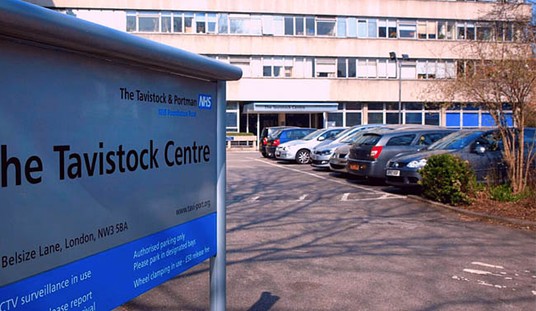Glenn Reynolds argues that the wait lines for treatments in a single-payer system are not the biggest concern. In a Washington Examiner column, Glenn relates personal stories of how his family members have benefited from innovation in medical treatments, and how the market plays a big role in providing incentives for it. When government makes all the decisions on health care, will those same incentives exist?
The normal critique of socialized medicine is to point out that people have to wait a long time for these kinds of treatments in places like Britain. And that’s certainly a valid critique. I’m sure my mom and daughter would still be waiting for their treatments, while my father and wife would probably be dead.
The key point, though, is that these treatments didn’t just come out out of the blue. They were developed by drug companies and device makers who thought they had a good market for things that would make people feel better.
But under a national healthcare plan, the “market” will consist of whatever the bureaucrats are willing to buy. That means treatment for politically stylish diseases will get some money, but otherwise the main concern will be cost-control. More treatments, to bureaucrats, mean more costs.
It doesn’t always work that way, of course. The rise of proton-pump inhibitors like Nexium or Prilosec has made ulcer surgery a thing of the past. But to the bureaucratic mindset, those pills are a cost, and ulcer-surgery expenses can be dealt with by rationing. Let ’em eat Maalox while they wait.
I exaggerate, but . . . well, maybe I don’t. The truth is, despite the great promise of new medical technology out there now, in terms of new cancer treatments, biotechnology, nanotechnology, and more, the potential marvels of the next twenty years will never be developed unless some developer thinks there’s a market.
It should be pointed out that governments fund medical research as well, but those funds tend towards politically-expedient research on issues where private incentives don’t exist. That’s one of the reasons why people pushed so hard for federal funding of embryonic stem-cell research. The private sector had focused on adult stem-cell research as more effective and promising for actual treatments, leaving hEsc studies to wither.
That argument cuts both ways on this debate, except when looking at results. No therapies have been developed from hEsc research, while dozens of therapies have resulted from adult stem-cell research. The market rewards success and penalizes failure on its own terms without accounting for political tastes. By allowing venture capital to make its own decisions on investment, it also gives a wide variety of opportunities for research and development by allowing the investors to focus on projects like artificial hips and pacemakers, radioactive seed implants for cancer treatment, and so on.
Federal and state funding plays a major role in medical research as well; no one can seriously argue otherwise. However, the issue that determines whether that research occurs at all is whether patients will pay for the treatments. If government, in full cost-saving mode, decides that paying for the more expensive new therapies doesn’t meet its “comparative effectiveness” criteria, then the absence of other payers in a market will mean that the technology never gets developed at all. Investors will not sink cash into such research without a market ready to adopt the end product, and government — with its focus on saving costs and paying for an entire nation’s health care — won’t have the cash to plow into experimentation any longer.
This will mean a great loss not just for the US but also for the rest of the world. Our medical research produces innovations like no other nation can, and without it, we will freeze the art of medicine in place at 2009.








Join the conversation as a VIP Member